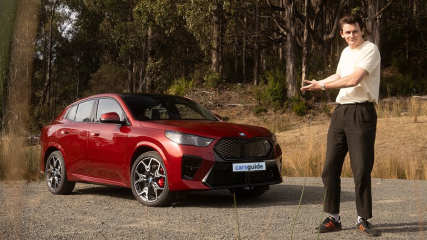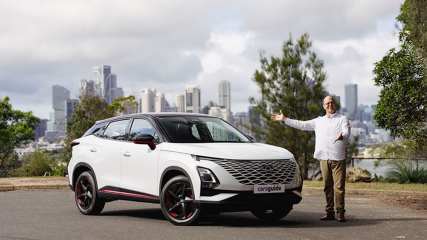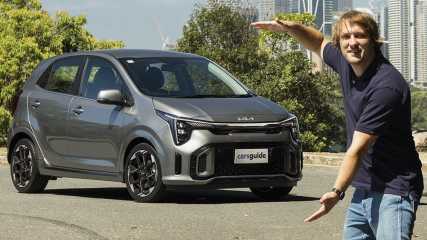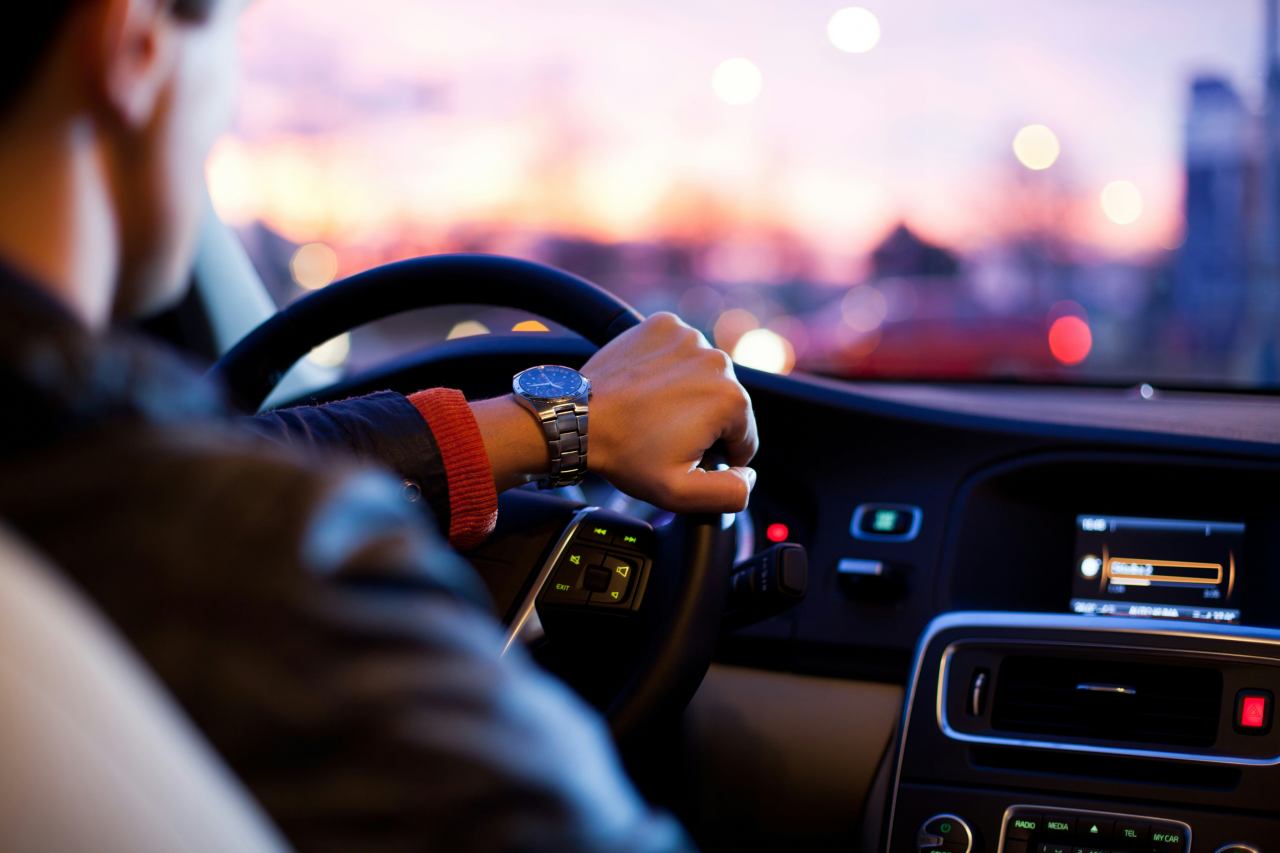Hyundai Kona 2024 review: Long-term | Part 3
By Andrew Chesterton · 19 Mar 2024
I had a fascinating chat with some executives at Toyota Australia recently, who reckon that, in a few short years, the HiLux will probably no longer be competing at the top of our best-seller charts.And I know what you’re thinking, but no, that doesn’t mean it will be left in the dust by the Ford Ranger, or the Isuzu D-Max. What they meant is that the time of dual-cab dominance might be coming to an end.The cause, they reckon, is that the days of diesel will soon be behind us, fuelled by the incoming New Vehicle Emissions Standard (NVES) and a global shift away from the fuel type.Removing the tax breaks that come with buying a new ute if you hold an ABN, should that happen, won’t help either.So, why am I telling you all this when you should be reading about the Hyundai Kona? Because a) I thought it was interesting (but then, I am something of a car nerd) and b) because of what will likely replace them at the top of the sales tree.According to the people who would know, the era of the SUV is upon us, with families reverting back to the body style and leaving utes for the people who would actually use them for work or play.And so it’s through that lens that I’ve been viewing my Hyundai Kona over the final month of my (kind of) ownership.Could a small SUV, even one that’s big for its segment, really perform family duties for the vast majority of Aussie households?The good news is that I’m not going to make you wait for an answer. Because yes, it absolutely can.In much the same way the biggest, toughest utes are often driven by people with no real-world intention of putting them to the off-road test (and how their 3.5-tonne towing capacity is often used to drag nothing more than ego behind them), so too are large SUVs, even those with seven seats, routinely driven by people that just don’t need, or use, the space.And if you’re in the camp that is rallying against the NVES, I’m sorry, but you’ve got nobody to blame but yourself.If we all drove the vehicles we actually need our nation’s automotive emissions would be but a fraction of what they are now, and we might not need a new standard at all.Take my trusty Kona, which has proven more than big enough for absolutely everything I’ve needed to do over the past three months or so.My fuel use has averaged between eight and nine litres per 100km. And mine isn’t the fancy hybrid one, or the electric one, but the cheapest petrol-powered model.Yes, that’s above the 6.6L/100km claim, but it’s not outrageous, and it’s a damn site better than I’d be getting in a bigger SUV. Hyundai reckons the hybrid Kona will use more like 3.9L/100km, too. I recently climbed out of a brand new diesel-powered dual-cab and could only manage a figure somewhere north of 10 litres per hundred, which doesn’t sound like a huge difference, but becomes a more significant one when you consider that diesel is usually somewhere north of $2 per litre. And I just finished testing the twin-turbo-V6 powered Lexus GX in the USA, and its fuel use was more like 15 litres per hundred kilometres.So, I think we can probably agree that buying a reasonably sized SUV will save you money on the sticker price, and at the fuel pump. And, for most of us at least, will likely be all the vehicle you actually need.The big question, then, is the Hyundai Kona the SUV you should be looking at? Having now spent three months behind the wheel, I can honestly say there’s nothing here you need to be on the lookout for, and the longer you spend behind the wheel, the more the Kona slips effortlessly into your life.My gripes remain — namely the annoyance of the overzealous safety-system chiming, the refinement, or lack of it, from the engine and CVT under heavy acceleration, and the fact you can’t trust the cruise control to not exceed the limit on longer road-trips. But they fade to the most minor of annoyances over time.And I would still shop at the entry-level of the Kona range, given how well-equipped the cheapest models are, rather than springing for a more expensive model.But, and this is important for you new-car shoppers, I would definitely — definitely — look at dropping the extra $4K required to get this same specification with a hybrid powertrain, which won’t just halve your fuel use (and thus fuel bill) but also addresses one the key gripes with this model, given it swaps our car’s constantly variable transmission for a proper six-speed dual-clutch automatic.And it’s more powerful to boot, with a 1.6-litre turbo-petrol producing 104kW/265Nm, compared to 110kW but just 180Nm from our car’s 2.0-litre petrol. Acquired: October, 2023Distance travelled this month: 1207kmOdometer: 9042 kmAverage energy consumption this month: 9/.1L/100km
.jpg)

.jpg)




.jpg)
.jpg)
.jpg)
